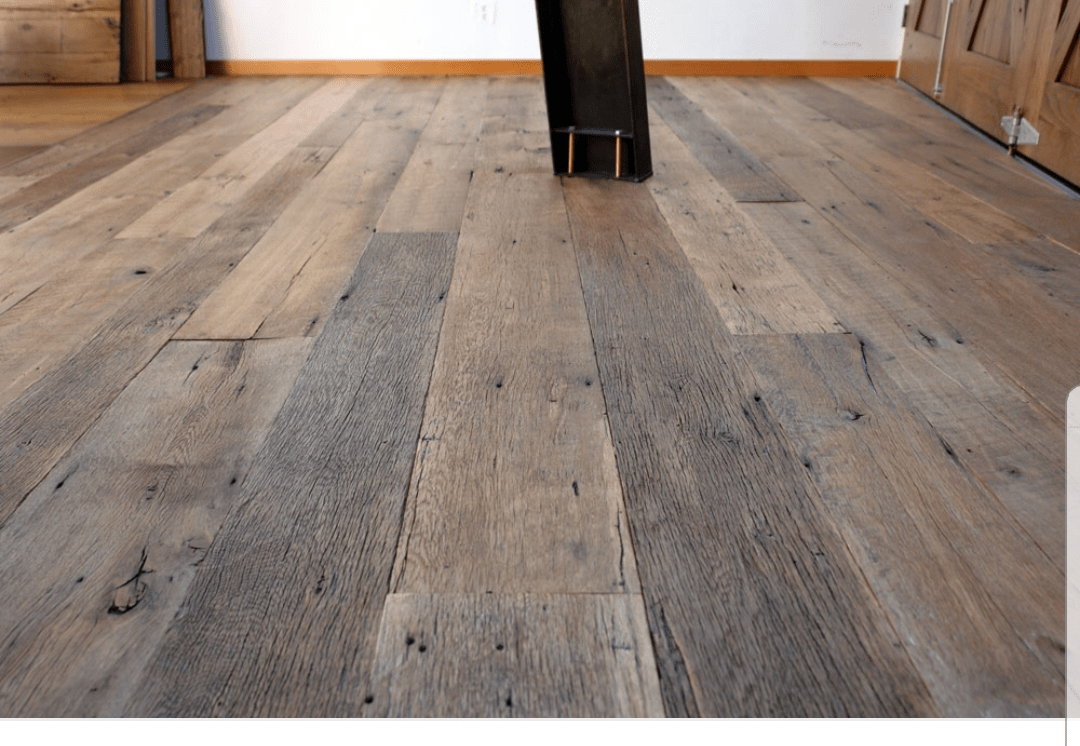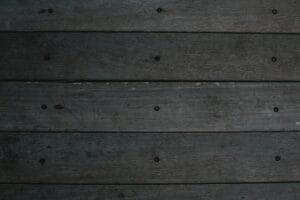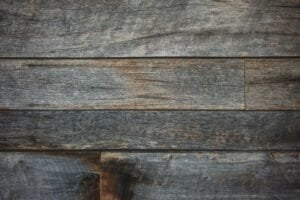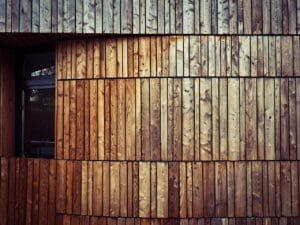
Combining Reclaimed Wood Flooring with Other Natural Materials
Natural materials have a timeless appeal – they bring warmth, authenticity, and a sense of calm that synthetic alternatives simply can’t replicate. Reclaimed wood flooring

Restoring a period home is as much about sensitivity as it is about style. Every beam, cornice, and doorframe tells a story – and your flooring should, too. Reclaimed floorboards strike the perfect balance between heritage charm and enduring quality, allowing you to preserve the authenticity of your property while adding warmth and timeless appeal. But how do you ensure your reclaimed flooring complements your home’s original features rather than competing with them? Here’s how to master the art of matching reclaimed floorboards with period features.
Each architectural period has its own distinctive character, materials, and craftsmanship. Understanding the era your home was built in is the first step in selecting the right reclaimed flooring.
Georgian homes (1714–1837) often featured understated elegance, characterized by wide oak or pine boards that reflected symmetry and simplicity.
Victorian houses (1837–1901) leaned towards narrower, darker woods such as mahogany, walnut, or stained oak, adding richness and depth.
Edwardian and early 20th-century properties introduced lighter tones, parquet designs, and decorative borders that emphasised craftsmanship and light.
Matching the species, board width, and finish to the era ensures your reclaimed wood feels like it truly belongs in the space – not just added later.
One of the biggest mistakes renovators make is focusing solely on colour. Period interiors are defined by age and texture – qualities that reclaimed wood naturally embodies.
Rather than seeking a perfect colour match, look for boards with a similar patina to your home’s existing joinery, beams, or furniture. The natural wear marks, tonal variation, and subtle sheen of aged timber help blend new flooring seamlessly with historic surroundings.
If you’re sourcing boards from different batches or suppliers, consider light distressing or hand-finishing techniques to achieve a cohesive look. Reclaimed wood specialists can tone, oil, or wax boards to echo the aged quality of original features.
The relationship between flooring and architectural details, such as skirting boards, architraves, and fireplaces, is key to maintaining balance in a period interior.
In homes with high ceilings and generous proportions, wider boards tend to look more authentic and proportionate. In smaller Victorian terraces or cottages, narrower boards or parquet patterns can better reflect the original craftsmanship.
Also think about transitions: where the flooring meets thresholds, hearths, or tiled areas. Subtle details like reclaimed thresholds or oak trims can make the difference between a good restoration and a great one.
Finishing touches play a huge role in achieving authenticity. The right finish should enhance the wood’s natural grain and age, not conceal it.
For traditional settings, oil or wax finishes bring out the wood’s warmth and highlight its imperfections beautifully. Matte or satin sheens work best for understated elegance, while overly glossy finishes can feel out of place in older homes.
If your property features aged brass fittings, cast-iron radiators, or period fireplaces, choose a floor finish that complements these tones – rich honeyed oak, weathered pine, or deep walnut hues often harmonise perfectly.
Using reclaimed floorboards isn’t just a design choice – it’s a commitment to sustainability. By repurposing timber from old barns, factories, and historic buildings, you’re preserving both craftsmanship and natural resources.
For homeowners restoring listed or heritage properties, reclaimed wood also helps maintain historical integrity, often aligning better with conservation requirements. Many suppliers can even source boards from similar-era buildings, ensuring your restoration feels truly genuine.
Beyond the environmental benefits, reclaimed wood offers a depth and history that newly manufactured flooring simply can’t replicate. Each mark and knot adds to your home’s story, reinforcing its connection to the past.
Matching reclaimed floorboards with period features is about more than design – it’s about respect for history. When you choose flooring that reflects your home’s architectural heritage, you create a space that feels harmonious, authentic, and timeless.
Reclaimed wood bridges the gap between past and present, offering both durability and narrative depth. Whether you’re restoring a Georgian townhouse or reviving a Victorian terrace, a carefully matched reclaimed floor doesn’t just complete the look – it becomes part of your home’s continuing story.

Natural materials have a timeless appeal – they bring warmth, authenticity, and a sense of calm that synthetic alternatives simply can’t replicate. Reclaimed wood flooring

Some design trends come and go, but the beauty of natural materials, especially wood, never fades. Reclaimed wood flooring, with its rich tones, subtle imperfections,

Choosing the right flooring is about more than just appearance – it’s an investment in your home’s value, durability, and character. Among the most popular

Reclaimed wood is one of the most sought-after materials in home renovations, not just for its rustic charm and sustainability, but also for its strength